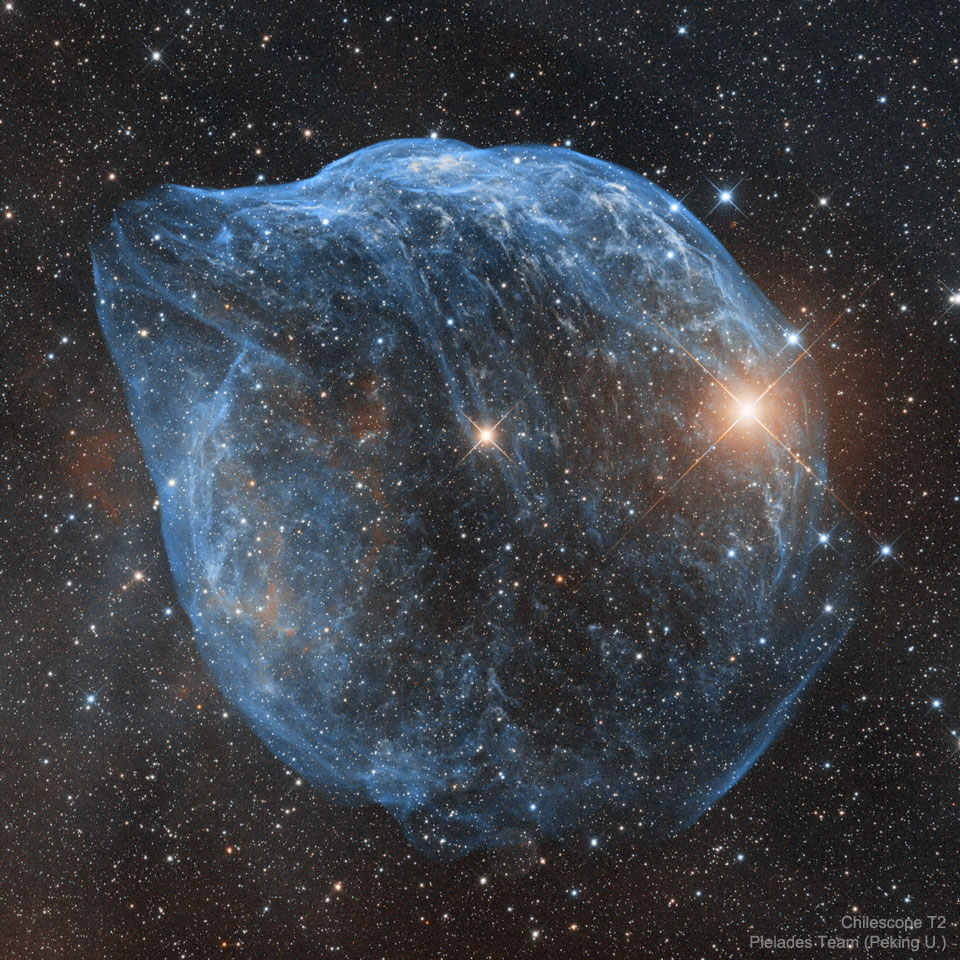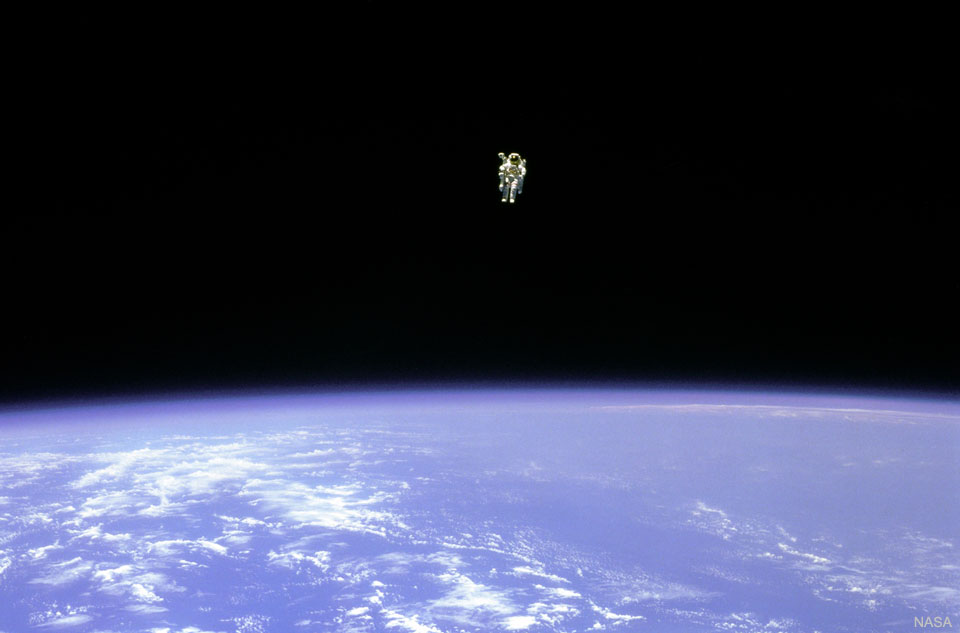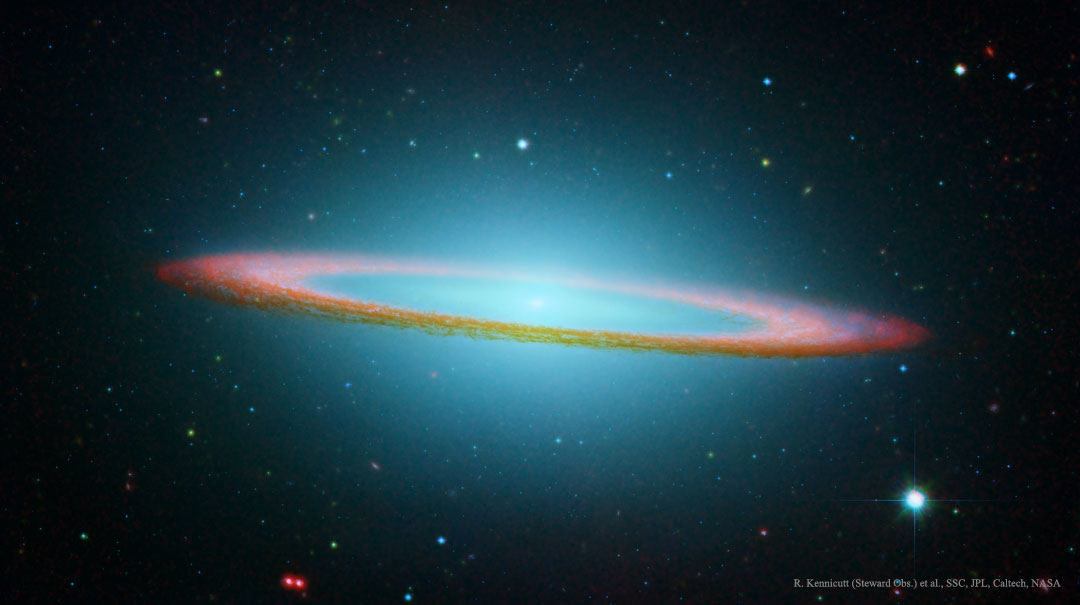Repérez facilement les principales étoiles et planètes, et observez que tout le ciel semble tourner autour de l' étoile polaire ! Ainsi, les astres se lèvent et se couchent, et l'aspect du ciel change au long de la nuit...
Utilisation dehors : imprimez cette carte et placez-la au dessus de votre tête, le repère "Horizon NORD" vers le nord. Comparez au ciel observé !
Utilisation dehors : imprimez cette carte et placez-la au dessus de votre tête, le repère "Horizon NORD" vers le nord. Comparez au ciel observé !
à cause des mouvements des astres eux-mêmesLe Soleil, la Lune, les planètes, ont un mouvement perceptible au fil des jours (ou des semaines) par rapport au fond des étoiles. A l'inverse, les étoiles à l'extérieur de notre système solaire sont tellement lointaines qu'elles paraissent fixes au cours d'une vie humaine.









